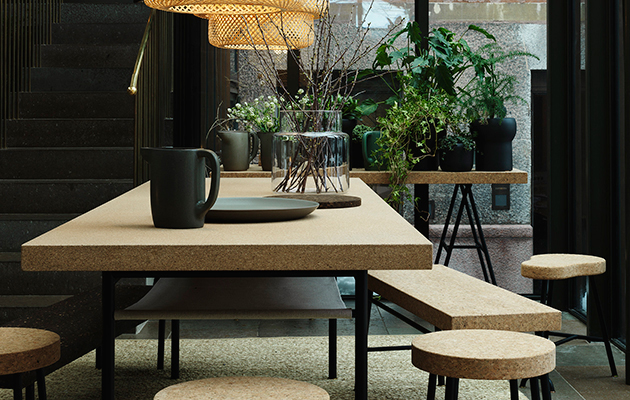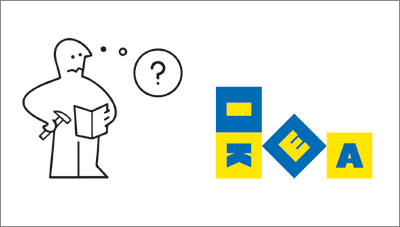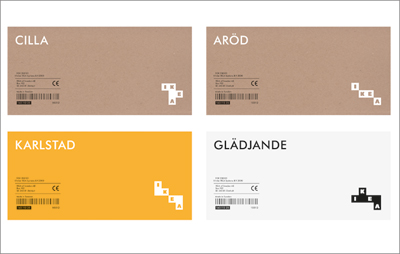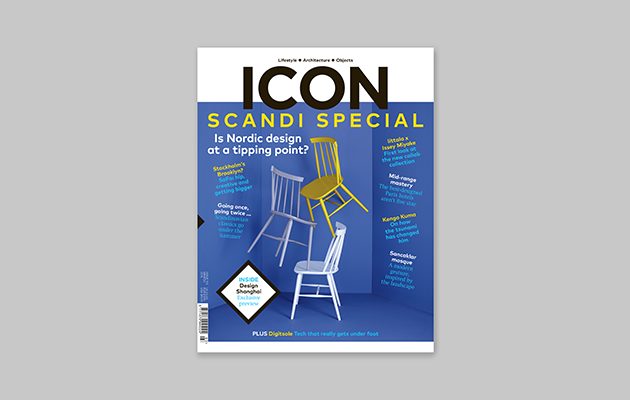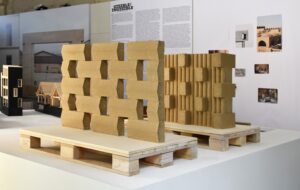|
|
||
|
The furniture giant’s products are usually clever and design-focused, so why is its name still trapped in an outdated yellow lozenge? It’s time to take a modular approach, says Daniel Freytag Love it or hate it, IKEA is part of life. Founded by Ingvar Kamprad in 1943 (at the age of 17), IKEA now operates in 47 countries with more than 370 stores. The company’s name is an acronym of the initials of Ingvar Kamprad, Elmtaryd (the farm where he grew up) and Agunnaryd (his home town in southern Sweden). IKEA combines form, function, quality and sustainability with a low price point, all neatly packaged in a flat-pack box. As a creative, its design-focused products appeal to me, and have allowed me to create a home that mirrors my own aesthetic tastes at a price I can afford. That being said, I share in the universal loathing of building its products.
I am also an advocate of the visual language IKEA uses to differentiate its products. The food packaging in particular is simply outstanding. However, the IKEA logo is another matter altogether. As the embodiment of the IKEA brand it feels rather odd, out of sync with the rest of the company. Obviously the logo enjoys huge recognition, but I believe it can be improved upon. Our objective was to subtly connect the logo with the rest of the IKEA brand. We began by looking at the best parts of the existing logo – namely colour and bold type. We refined the type to align it more closely with the original Futura Press font (avoiding Verdana at all cost). We felt this cleaner typographic treatment was more suited to the aesthetic of IKEA’s products. Similarly, by continuing to use the core brand colours we ensured that the logo remains instantly identifiable. Removing the oval was also a priority as it severely dated the logo and reduced its legibility at smaller scales – on websites, for example. Once the new mark was defined, we felt it could work a little harder to communicate the creativity of the brand. We looked at compartmentalising each of the four letters into a modular, stackable identity system. This created a simple, playful and intuitive connection between logo, product and consumer.
When people think of IKEA they inevitably think of flat-pack boxes and enormous blue rectangular buildings. It therefore seemed obvious to take the modular system a step further, into a three-dimensional context – wrapping the logo around shapes – thereby creating a tangible link between brand and product. By extending this modular identity to sub-brands such as food, we help to unify the entire visual identity. The result is a static primary logo and a modular secondary logo with a huge variety of possible application. Ultimately this allows the brand to be as imaginative and considered as its products. Daniel Freytag is founder and creative director of Freytag Anderson Our current issue is a Scandinavia special. Click on the image below for more information |
Words and images Daniel Freytag
Images: By compartmentalising the letters, the logo becomes “stackable”. It can be wrapped around storefronts and flatpack boxes to give it a three-dimensional quality |
|
|
||


